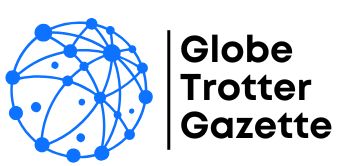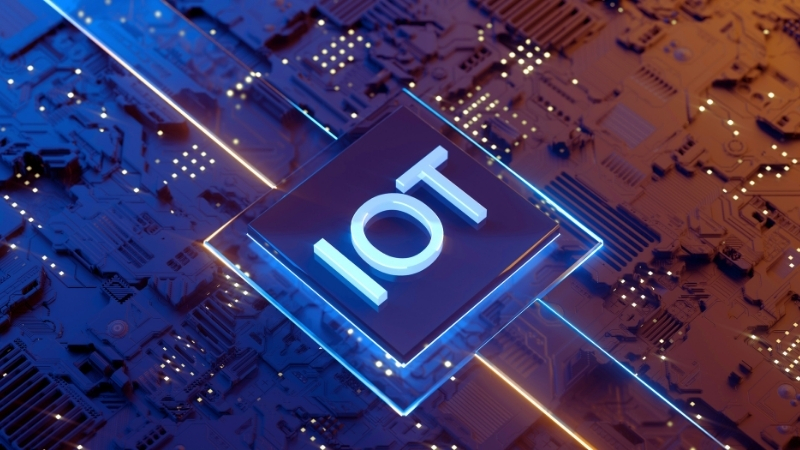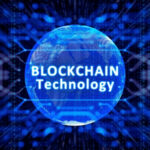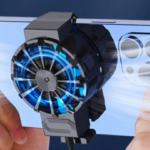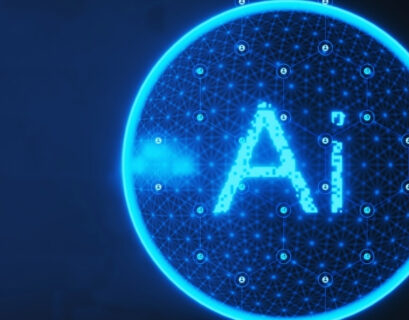The Internet of Things (IoT) has rapidly emerged as one of the most significant technological advancements of the 21st century. With its ability to connect everyday devices and systems, IoT is transforming industries, enhancing the efficiency of operations, and improving the quality of life for individuals. From smart homes to connected cars, IoT is powering the future of innovation by bridging the physical and digital worlds.
The Growth of IoT: A Connected World
The Internet of Things refers to the vast network of interconnected devices that communicate with each other through the internet. These devices, embedded with sensors, software, and other technologies, collect and exchange data, allowing for seamless interaction and automation. The global adoption of IoT has grown exponentially, with an estimated 30 billion devices expected to be connected by 2030.
One of the key drivers of this growth is the increasing demand for real-time data and automation across industries. Businesses are leveraging IoT to optimize operations, reduce costs, and create smarter environments. For individuals, IoT offers convenience and improved quality of life, from wearable fitness trackers that monitor health to smart home systems that enhance security and energy efficiency.
The ability to gather and analyze vast amounts of data from IoT devices is also enabling better decision-making. Governments are using IoT to develop smart cities that optimize traffic flow, reduce energy consumption, and improve public safety, while manufacturers are integrating IoT into supply chains to track goods in real time and ensure quality control.
How the Internet of Things Works
At the core of the Internet of Things are smart devices, which include everything from smartphones and sensors to refrigerators and industrial machines. These devices are embedded with technology that allows them to communicate with each other and transmit data over a network without human intervention.
A basic IoT system consists of four components: devices, connectivity, data processing, and user interfaces. Sensors and devices collect data from the environment, whether it’s temperature, humidity, or movement. This data is then transmitted through a network to a cloud platform or a local server, where it is processed and analyzed. The resulting insights can be used to automate processes, send alerts, or improve system efficiency. Finally, users can interact with these IoT systems through interfaces like apps or dashboards, giving them control over connected devices.
The key to IoT’s success lies in its interoperability—the ability of different devices to communicate and work together, regardless of the manufacturer. This is enabled by standard communication protocols, such as Bluetooth, Wi-Fi, and Zigbee, as well as cloud-based platforms that facilitate data exchange and storage.
IoT and Smart Homes
One of the most well-known applications of IoT is in smart homes, where devices such as thermostats, lights, security cameras, and even kitchen appliances are connected to a central system that can be controlled remotely. This allows homeowners to automate tasks, monitor their property, and save energy by adjusting devices based on real-time conditions.
For example, a smart thermostat can learn a homeowner’s schedule and preferences, adjusting the temperature accordingly to save energy when no one is home and ensuring comfort when they return. Smart security systems can send real-time alerts to a homeowner’s phone if motion is detected while they are away, providing enhanced peace of mind.
Smart home assistants, like Amazon’s Alexa or Google Home, further simplify daily tasks by enabling voice-activated control of connected devices, from turning on the lights to playing music. The convenience and efficiency provided by IoT-powered smart homes are driving widespread adoption of these technologies.
IoT in Healthcare: Enhancing Patient Care
The healthcare industry is another sector that has been revolutionized by IoT. With the help of IoT devices, healthcare providers can now monitor patients’ health remotely, providing better care and reducing the need for frequent hospital visits.
Wearable devices, such as smartwatches and fitness trackers, have become increasingly popular for tracking vital signs, physical activity, and sleep patterns. These devices can alert users to potential health issues, such as abnormal heart rates, and share this data with healthcare professionals for further evaluation.
More advanced IoT applications include remote monitoring systems that allow doctors to track a patient’s condition in real time. For example, patients with chronic conditions like diabetes or heart disease can wear sensors that transmit data to their healthcare provider, enabling early intervention if any abnormalities are detected.
IoT is also improving predictive care, where data collected from connected devices is used to predict health outcomes and prevent illnesses. This proactive approach to healthcare not only improves patient outcomes but also reduces the burden on healthcare systems by minimizing hospital admissions.
IoT in Manufacturing: Optimizing Production
Manufacturing is another sector where IoT is making a significant impact, particularly through the development of smart factories. In these factories, IoT devices are used to monitor machinery, track inventory, and optimize production processes in real time.
Sensors embedded in machines can detect potential malfunctions or wear and tear, allowing for preventive maintenance before a breakdown occurs. This reduces downtime and increases the lifespan of equipment. IoT also enables real-time analytics, where data from the production line is analyzed to identify inefficiencies and improve output.
By connecting machines, workers, and systems, IoT is helping manufacturers streamline operations, reduce waste, and improve overall efficiency. This is particularly important in industries with complex supply chains, where IoT can provide visibility into every stage of production, from sourcing raw materials to delivering finished products.
IoT and Smart Cities
The concept of smart cities is one of the most ambitious applications of IoT, aiming to improve urban life through data-driven decision-making and automation. By integrating IoT into city infrastructure, municipalities can enhance services such as transportation, waste management, and energy distribution.
For example, smart traffic systems use IoT sensors to monitor traffic flow and adjust traffic lights in real time to reduce congestion. Smart lighting systems can adjust streetlight brightness based on the time of day or the presence of pedestrians, saving energy and improving safety. IoT-powered waste management systems can monitor trash levels in bins and optimize collection routes, reducing costs and environmental impact.
Smart cities also focus on sustainability, using IoT to monitor air and water quality, manage energy consumption, and ensure the efficient use of resources. As urban populations continue to grow, the adoption of IoT technologies will be crucial for creating cities that are more livable, efficient, and environmentally friendly.
Challenges and Security Concerns with IoT
Despite its many benefits, the widespread adoption of IoT presents several challenges, particularly around data privacy and security. With billions of devices connected to the internet, IoT systems can be vulnerable to cyberattacks, data breaches, and unauthorized access.
One of the main concerns is that many IoT devices have limited computing power, making it difficult to implement strong security measures. This creates potential entry points for hackers, who could exploit vulnerabilities to access sensitive information or disrupt critical systems.
Additionally, the vast amount of data collected by IoT devices raises concerns about privacy. Users may not always be aware of what data is being collected or how it is being used, leading to questions about data ownership and consent.
To address these issues, industry standards and regulations are being developed to ensure the security and privacy of IoT systems. However, as IoT continues to evolve, it will be essential to strike a balance between innovation and safeguarding against potential risks.
The Future of IoT: Trends to Watch
The future of IoT looks promising, with continued growth and innovation expected in the coming years. One of the most exciting trends is the development of 5G networks, which will provide faster, more reliable connectivity for IoT devices. This will enable more advanced applications, such as real-time augmented reality, autonomous vehicles, and smart city infrastructure.
Another trend to watch is the rise of edge computing, where data is processed closer to the source rather than being sent to a centralized cloud server. This reduces latency and enables faster decision-making, which is critical for applications like autonomous vehicles and industrial automation.
In the healthcare sector, IoT will continue to play a vital role in improving patient outcomes through predictive care, remote monitoring, and personalized medicine. The integration of AI with IoT, known as the AIoT (Artificial Intelligence of Things), will further enhance the capabilities of IoT devices, enabling smarter, more adaptive systems.
As IoT continues to evolve, its potential to transform industries and improve everyday life is limitless. However, ensuring the security, privacy, and ethical use of these technologies will be crucial to realizing the full potential of a connected world.
